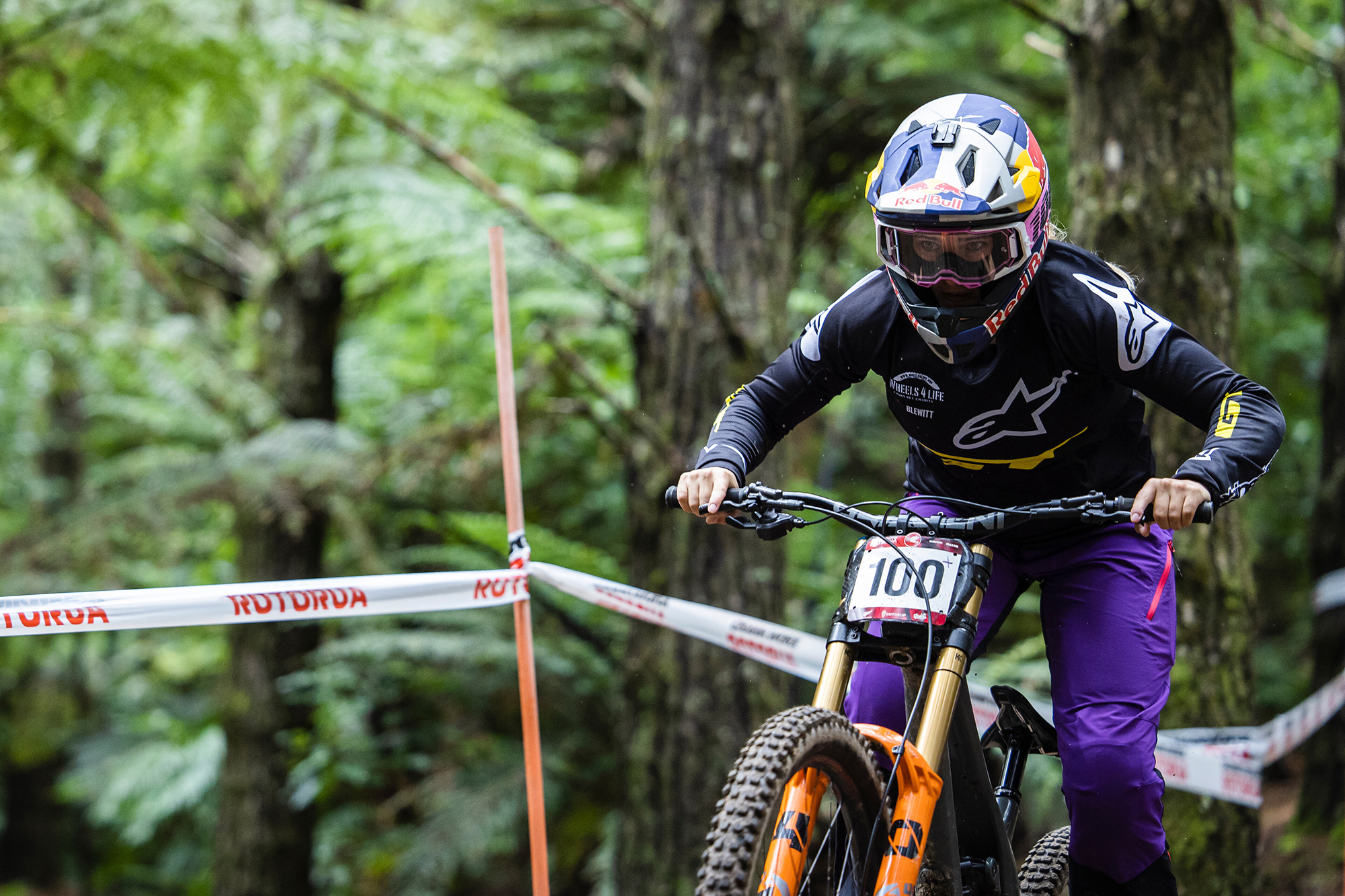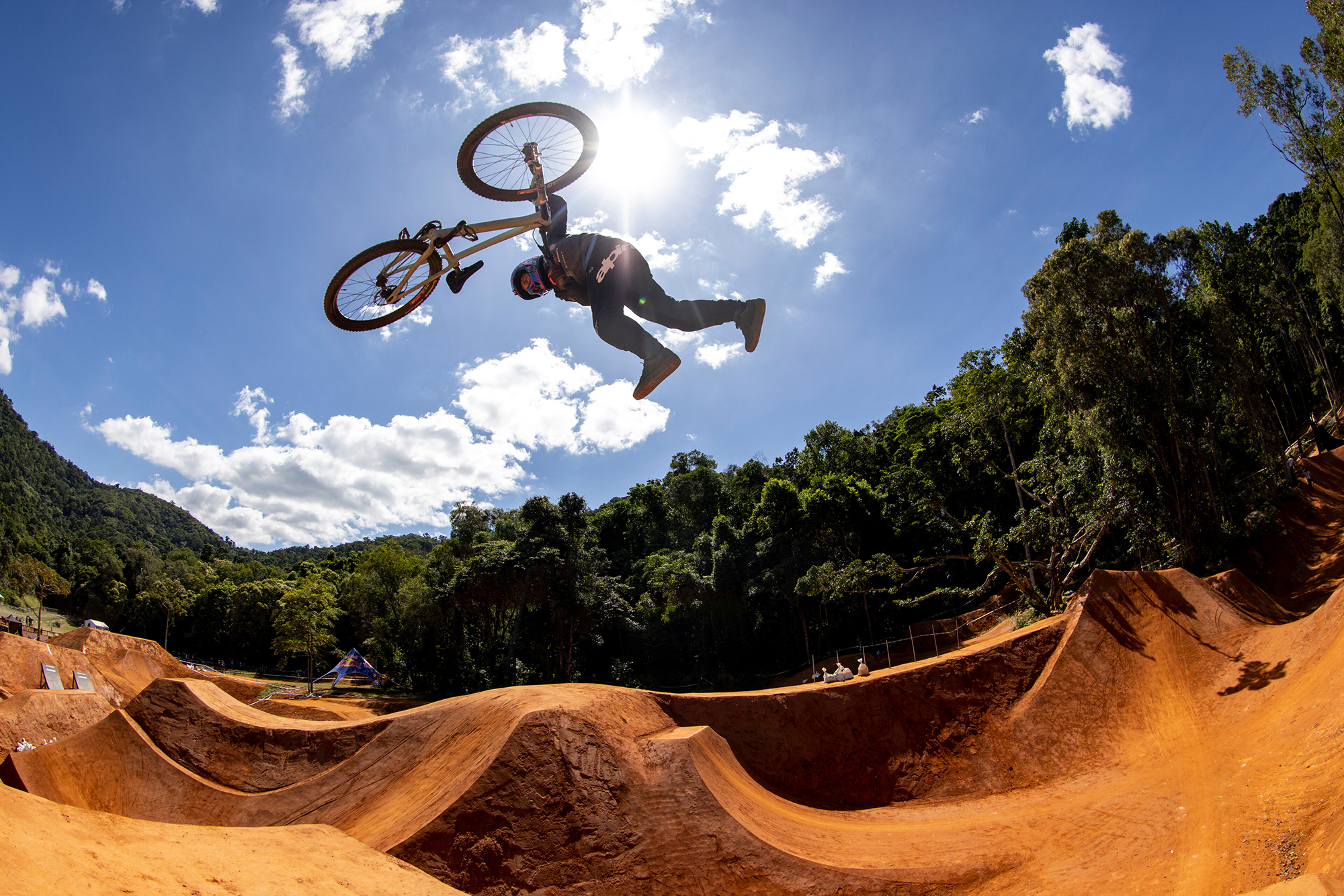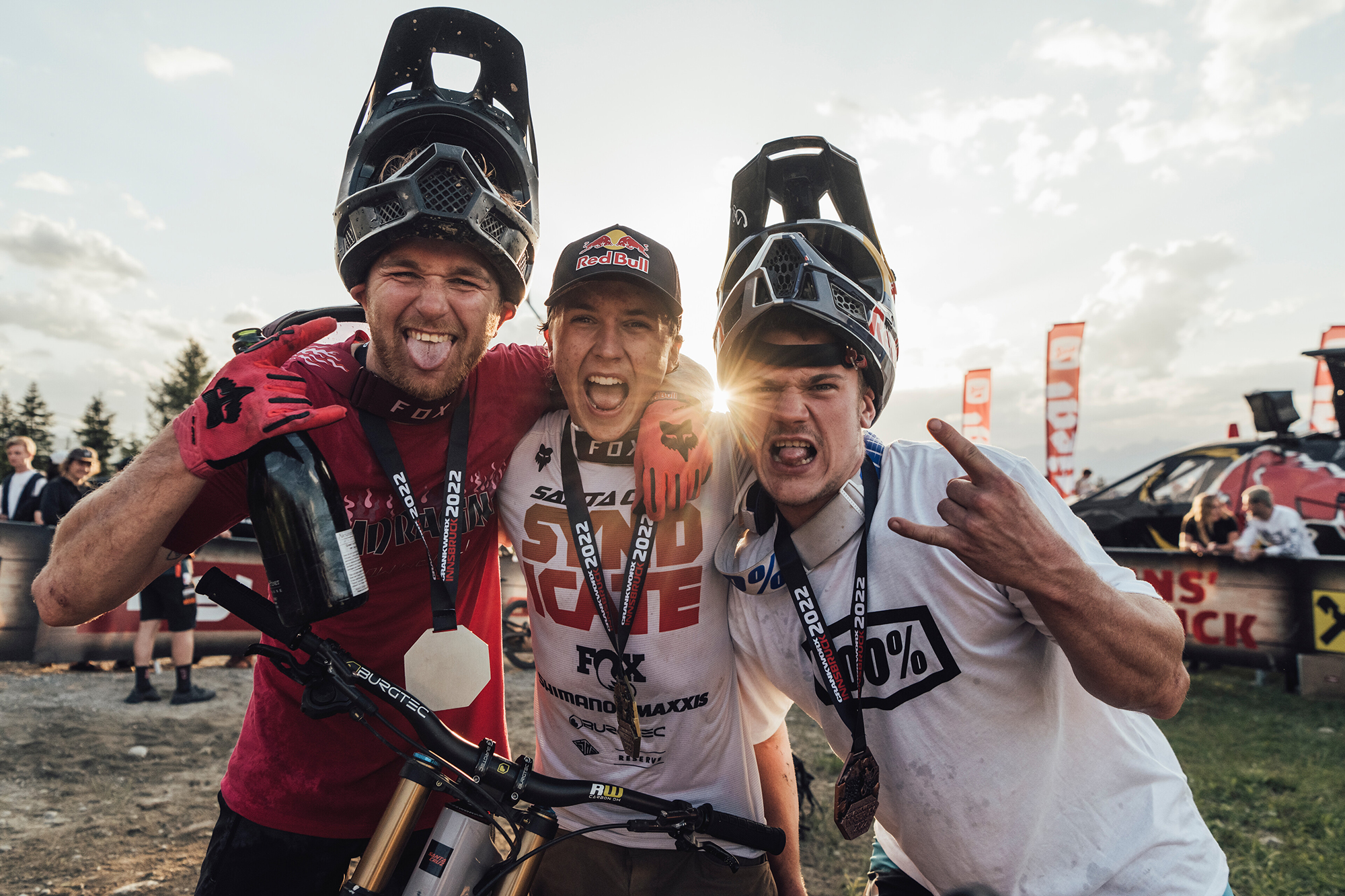As fans watching on from the side lines, or via our screens, for as long as most of us can remember UCI World Cup racing has been the pinnacle of our sport. But from the competitor’s standpoint, following the World Cup scene throughout a season can be very challenging, especially financially.
to comparative sports, MTB World Cup prize money is frugal at best and only the top 10 elite men and woman at each race receive a slice of the money pot. But even putting aside the issue of prize money, the way most professional riders are able to earn a living is through their sponsors, and when it comes to sponsorship deals it all comes down to how much coverage a certain rider is able to generate for said sponsor or brand.
Getting back to World Cup racing and the potential for competitors at those events to score media coverage. Usually throughout a race season only 2 or 3 riders from each class will win races. The rest of the podiums are then often made up of more of less the same handful of riders at each race. Outside of that dozen or so riders, or in other words for the vast majority of the competitors who follow the circuit to each race and make up the bulk of the entry lists, it is incredibly tough on those guys and girls to garner enough coverage at each race. Best case scenario ‘said’ rider manages to qualify for the finals and then if they’re super-fast, as in top 30 men and top dozen or so women, they might then make it into the broadcast ‘live feed’ on race day. The other way they might get some coverage on track over the weekend would be via photographers on the side-lines snapping their pic or a videographer editing them into some daily web coverage.
Beyond that, and outside of the 6 or so World Cup races that are held each year, it is extremely tough for riders to make a name for themselves and generate coverage whilst following the World Cup circuit.

However, in recent years there has been another series in the gravity MTB scene outside of traditional World Cups that has been rapidly building momentum with huge spectator attendances and super strong viewership online worldwide. We are of course talking about Crankworx! Due to the format and often week-long-schedule, which is made up of multiple events, a much larger field of gravity focused riders have the opportunity to showcase their talents and attract plenty of coverage as a result. There are now 4 ‘stops’ on the Crankworx Tour which is spread out across the year with host city’s located right around the globe, and all of the action from each of those weeklong events is beamed around the world to massive audiences.
Heralding a new era of MTB competition where literally dozens and dozens of male and female racers and riders are receiving loads of coverage and in return have managed to earn good prize money and decent wages. Crankworx has seen a rise in popularity, legitimacy and prize money has gone off the charts. However, these aren’t the only reason we are seeing the rise of riders primarily focused on a Crankworx career.
Besides the potential for way more coverage for their own brand and their sponsors brands there’s another key reason why Crankworx events continue to attract the worlds best and fastest riders to attend…
Okay so why do you ride a bike? Because it’s fun and a damn good time! Simple right? While racing a DH world cup may seem like a rider’s dream, there is a lot of waiting involved with racing solely DH rounds. Being a Crankworx rider means you will be racing multiple disciplines throughout the week and that means you will be on your bike(s) a lot. Something even the pro’s want more of.
A week at Crankworx involves DH, Dual Slalom, Speed and Style, Whipoff and Slopestyle. That is a whole tonne of riding on different bikes in different disciplines. To us this means that to be the king or queen of Crankworx you have to be the best all round bike handler on the planet.
Riders like Thomas Lemoine, Caroline Buchannan, Kaos Seagrave and Kade Edwards all ooze style, can throw down at world cups and throw some of the biggest tricks in the field.

In 2023 we will see all of these events at every location broadcast on Red Bull tv with Rob Warner and Elliot Jackson commentating. That gives athletes 4 or 5 times the amount of coverage they would usually get at one DH race. Extra coverage means more screen time for sponsor logos and can draw a more lucrative (liveable) salary for riders in the mix.
We have also seen Crankworx introduce an overall DH prize for the season along with the “1199” prize for extraordinary riders who achieve 1199 points by the end of the season. If an athlete hits the 1199 points at the end of the season, they win $10,000 CAD alongside any event or overall wins. This leads to riders getting paid more and able to sustain a lifestyle while on the road.
Because there are more disciplines and races at each Crankworx event, there is less travel involved. With 4 stops at Rotorua, Cairns, Innsbruck and Whistler, athletes don’t need to spend two thirds of their year away from home to compete. They can ride more, earn more and have more fun without sacrificing a home life.
This doesn’t mean that the World Cup DH or XC is dead, it is still the biggest and best racing on the planet, but it is no longer the only avenue for racers who are looking to make a life out of the sport. There is now more racing, more money and more coverage in more avenues of riding than ever before. 2023 is going to be a huge year for the sport and we can’t wait to see how it pans out. [R]






